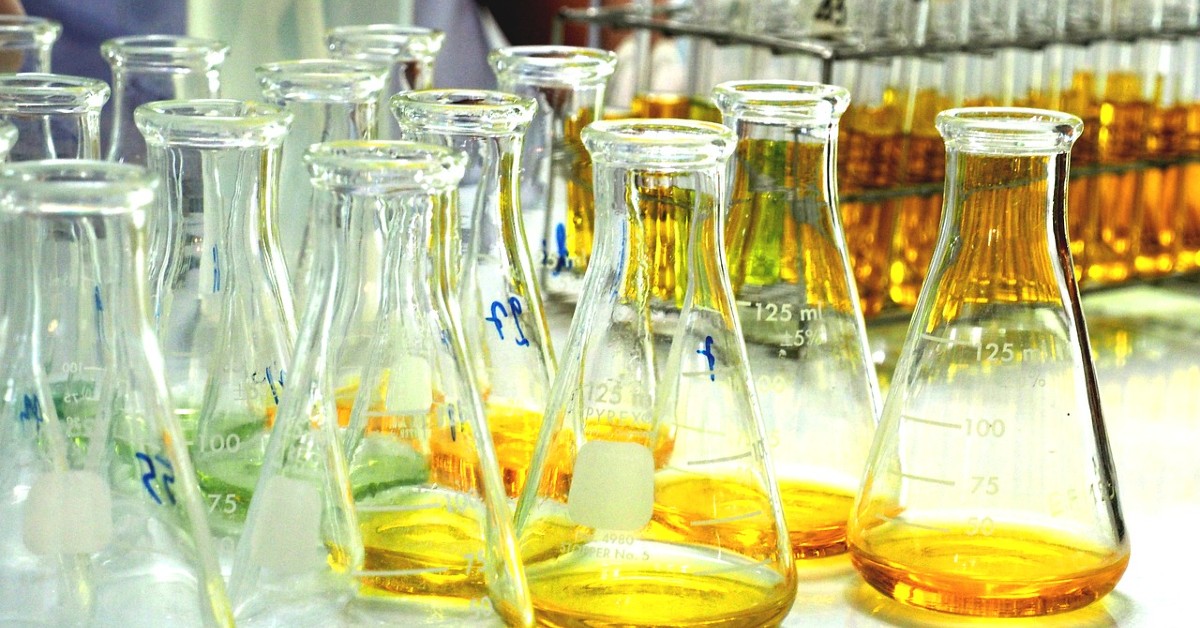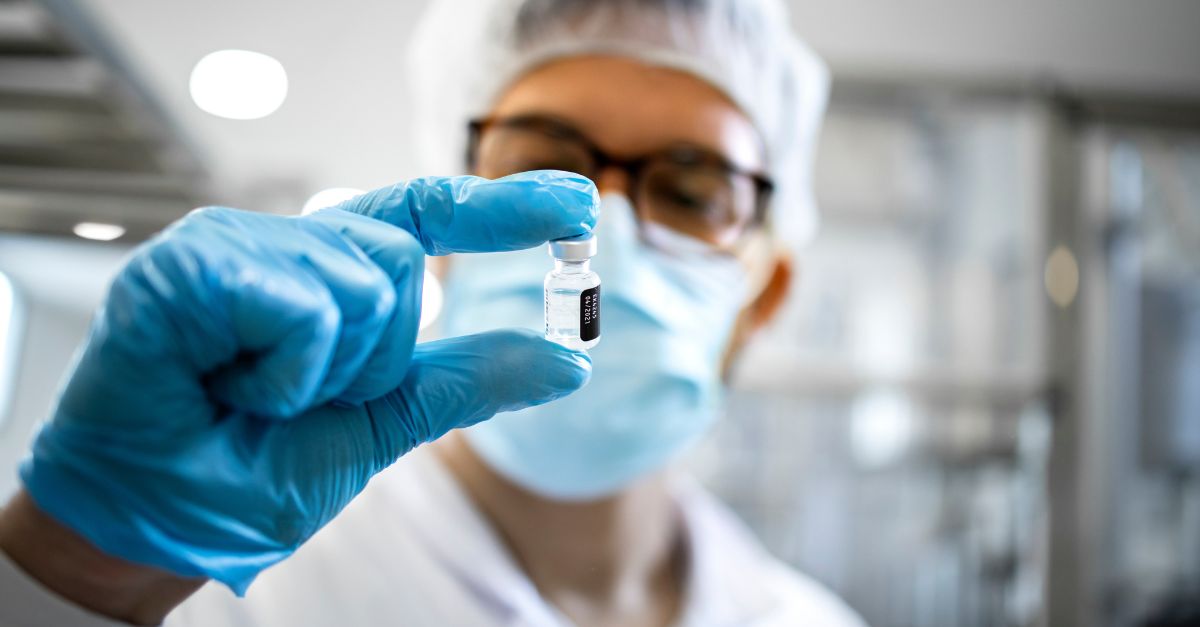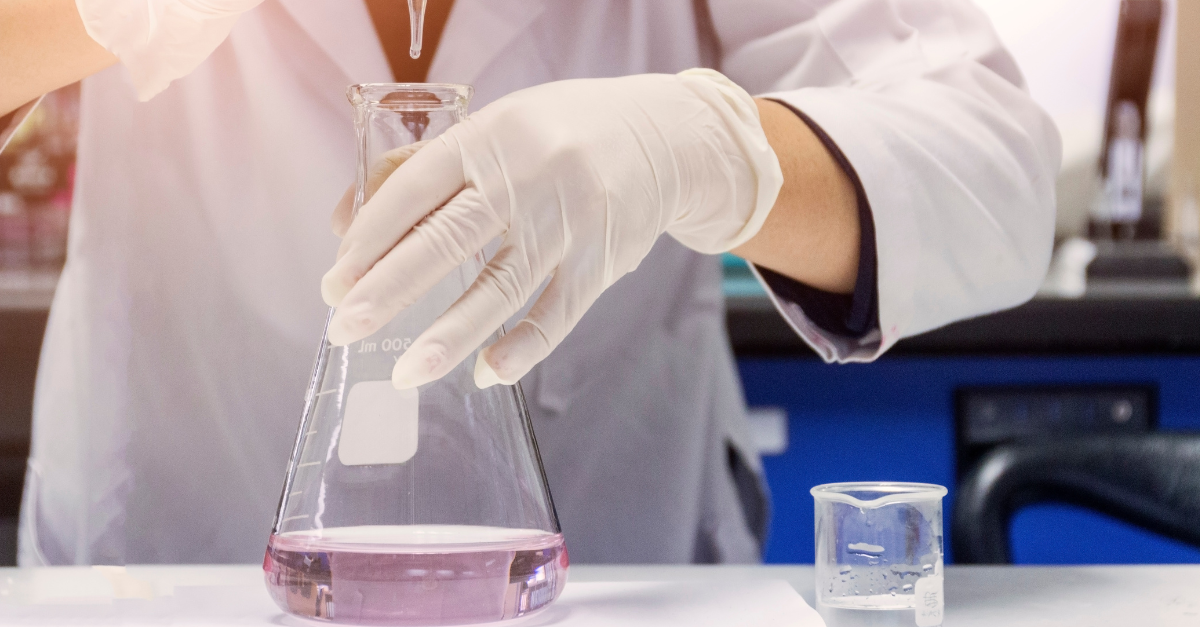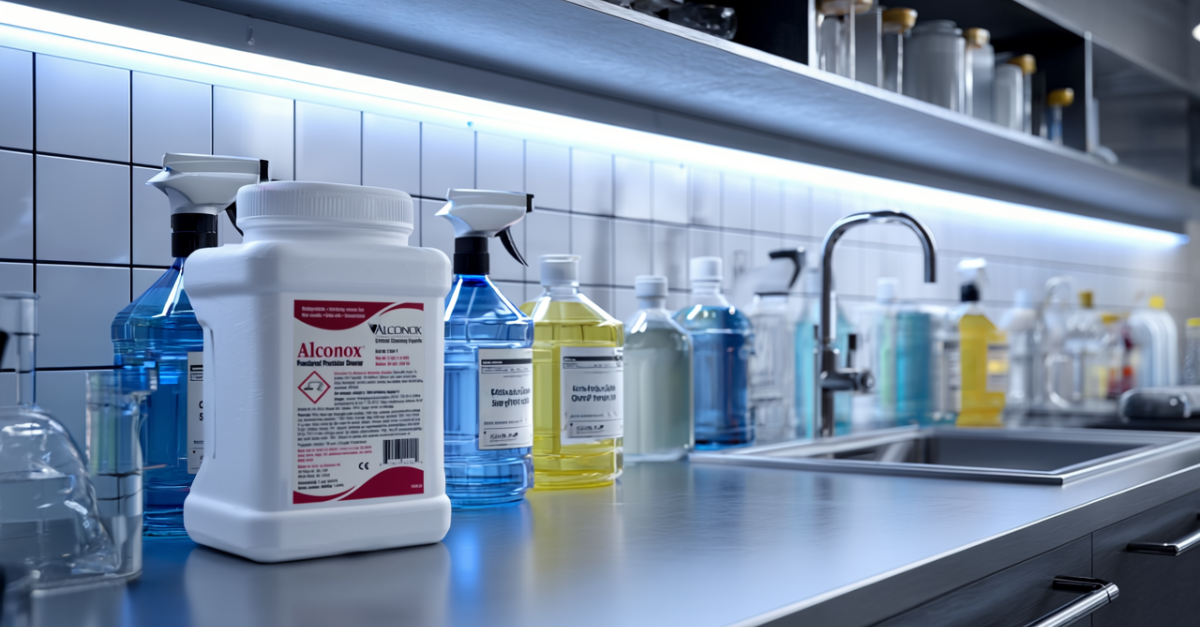
Did you know? If It’s Not Clean, You Can’t Sterilize (or Disinfect).
This is applicable for healthcare, biotech, medical device, pharma, foodservice, food processing, laboratory, tattoo and many many other industries.
Why must instruments (such as those used in dental, medical, clinical, settings) be cleaned before being sterilized? According to the CDC, “Cleaning should precede all disinfection and sterilization processes. Cleaning involves the removal of debris (organic or inorganic) from an instrument or device. If visible debris is not removed, it will interfere with microbial inactivation and can compromise the disinfection or sterilization process.”
In other words you may have “sterilized” residue on your equipment. Which of course isn’t sterile. More precisely, those residues may harbor microbes beneath them resulting in a non-sterile surface.
The fact is, disinfection cannot reliably be achieved without first properly cleaning. Cleaning removes inorganic and organic material from instruments — think blood, pus, dirt, or mucus — while a disinfectant/sterilant destroys microbes that can contaminate, infect and/or sicken others.
If inorganic and organic materials remain on surfaces because they were not pre-cleaned, it interferes with the effectiveness of disinfectants and opens the door for cross contamination.
Various industries may rely on alcohol, bleach and water for pre-cleaning, however, the safest and more effective cleaning is an aqueous based detergent followed by a thorough rinse. Detergents offer multiple cleaning mechanisms, including oxidation (the typical mechanism with bleach), emulsification, chelation, sequestration, enzymatic cleavage, etc. The mass displacement of a rinse allows for the physical removal of the organic, proteinaceous, inorganic and other inanimate residues that the detergent ‘tied up’ with the mechanisms described above.
For manual cleaning, the discussed industries and more around the world, rely on powerful protease detergents like Tergazyme® Enzyme-Active Powdered Detergent:
- A powerful emulsifier of organic and oily residues
- Contains enzyme for enhanced blood and protein soil removal
- Long enzyme activity lasts 8 hours in solution
- For more see our Tergazyme video
For the avoidance of doubt, our products are cleaners and therefore make no claim to be a disinfectant which kills or inactivates biologic material.
For other cleaning mechanisms or detergents formats, we are happy to discuss your specific need any time!
To request this or any Alconox, LLC detergents for free, please complete the questionnaire at Get Sample. For more information about any one of our Alconox, LLC detergents, consult the technical bulletin for each product. Or click here to access each of our detergent’s Safety Data Sheets.
Do you have a critical cleaning question for the experts at Alconox, LLC? Search TechNotes to see if it’s been answered before or Ask Alconox.




Cleaning must precede disinfection or sterilization, it is part of a 3-4-step process. If you do not carry out cleaning (flushing) of the treated surfaces, there may be particles of organic matter, and even in the case of complete sterilization, they will not physically go anywhere, and then they will be a big problem.